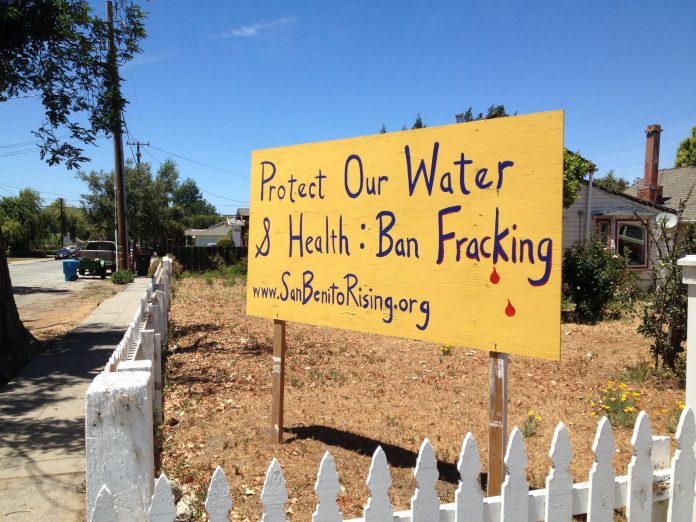The Bureau of Land Management on Thursday released results of a study from the California Council on Science and Technology regarding hydraulic fracturing, or fracking, in California.
Jane Long, chairwoman of the Steering Committee for the California Council on Science and Technology’s independent science review, announced results from the report in a conference call with media Thursday morning. Those results are meant to influence the BLM’s policies on oil and gas.
The report’s release comes as San Benito County voters are set to decide on a measure proposing to ban fracking and other enhanced recovery methods locally.
Here are some of the main points highlighted in the conference call:
• Well stimulation in California is different than in other states in that this state uses less water and conducts hydraulic fracturing as a recovery practice using vertical stimulation rather than horizontal used elsewhere.
• Fluids used in California are higher in chemicals. The report found that most of the fluids are not highly toxic but some are toxic, including biocides and corrosion resisters.
• Long repeatedly stated that the some of the data is incomplete and needs to be addressed further.
• Most fracking is being done in the San Joaquin Valley.
• The amount of water used in California is “very low” compared with other states, but that water is primarily fresh water and that should be examined as a possible issue during a drought condition. Long elaborated later and said the state uses 150 million to 400 million gallons of water annually, or 450 to 1,250 acre-feet, on fracking. She said one acre-foot is about what a household uses.
• The study found that a 2011 estimate of 15 billion barrels of recoverable oil in the Monterey Shale, along with a recent updated estimate of 600 million recoverable barrels of oil, are both “probably uncertain.”
• There was no evidence of potable water contamination in the state due to fracking.
• There were some issues with fracking done to shallow wells. The report found that in some cases, produced water coming up with the oil may still contain some fluids used for fracturing and it is uncertain if it is getting into agricultural uses.
• The report found that the induced seismic potential for hydraulic fracturing was “very low.” There have been no recorded instances of injected water causing earthquakes in the state.
Look back for more. To read the commissioned report, go here.









